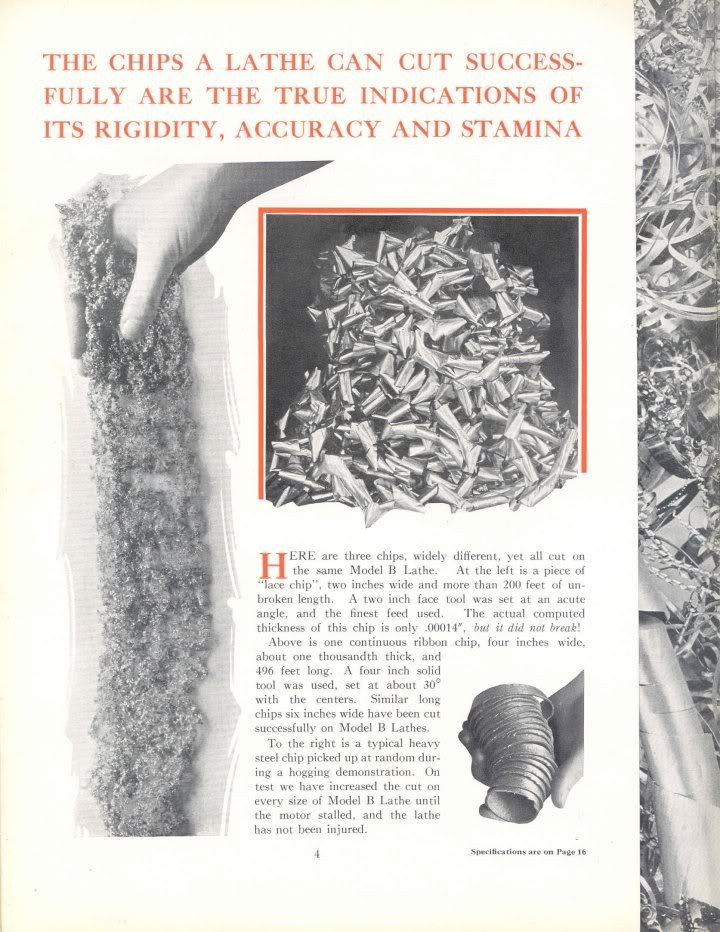As Jim points out, the vast majority of lathes ever built are best compatible with HSS tooling as far as hp and spindle speeds are concerned.
Your ATW is actually bordering on being a carbon steel lathe at that age. The big Dreses radial drill at work has a plate giving speeds and feeds for certain sized holes, at the bottom is a note to double these figures for HSS. It's probably about as old as your lathe. What is top speed? That's a good indicator. It'll need about 70ft/min at 16-28" diam to use HSS to best effect. Carbon steel would be half that. Your lathe is massive to handle a solid cast iron 16" diameter part full length between centers. It is probably capable of supporting several thousand pounds in work alone. You could literally park an Atomic Salami Truck on the bed and it wouldn't break (heheh, how's that for relevance?!).
Maybe the gear head lathe was the line that marks the entrance of power, speed and rigidity required to really run HSS to max gain. With a backgeared cone head lathe, you still had an awful lot of loss through the belts. Flat belt to the countershaft and then a flat belt to the cone pulley. If each was 80% efficient, you have still lost 40% by the time it gets to the work. Reduce speed in an attempt to get more torque and the belt efficiency goes down even further. You could end up with 50% or so of what is actually being creaed by the motor or lineshaft. With a single belt and gear transmisison, you could cut that to 20% or so and it wouldn't change with speed changes as the belt speed remains constant. You wouldn't want a multi-speed belt-drive Atomic Salami Truck, it wouldn't pull a hill very well at all due to belt slippage (pretty good, eh?). Same with lathes.
As for Stellite, it may have not been long-lived enough to have convinced builders to make lathes able to take advantage of it. If a real heavy HSS lathe could push it hard enough, why upgrade? Carbide wasn't but a few years behind and light years ahead. Why have a baloney sandwich when instead you could have... heheh... SALAMI! delivered in.... what else?
BTW, here's where you can order an Atomic Salami Truck...
http://www.atomicequipment.com/ I'm sure they could build one up for you. They'd need to know if it was cotto or hard and what size loaves to expect.







